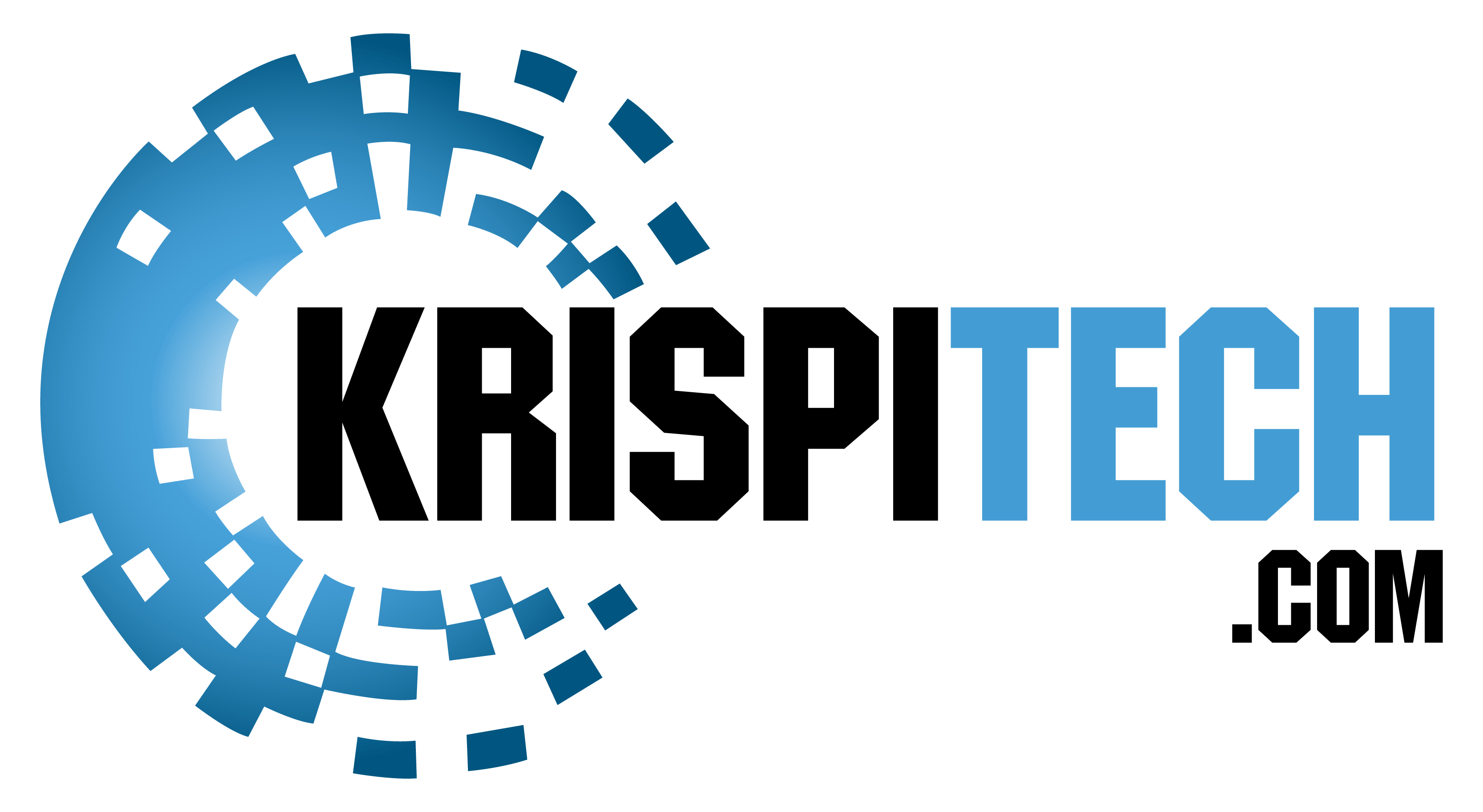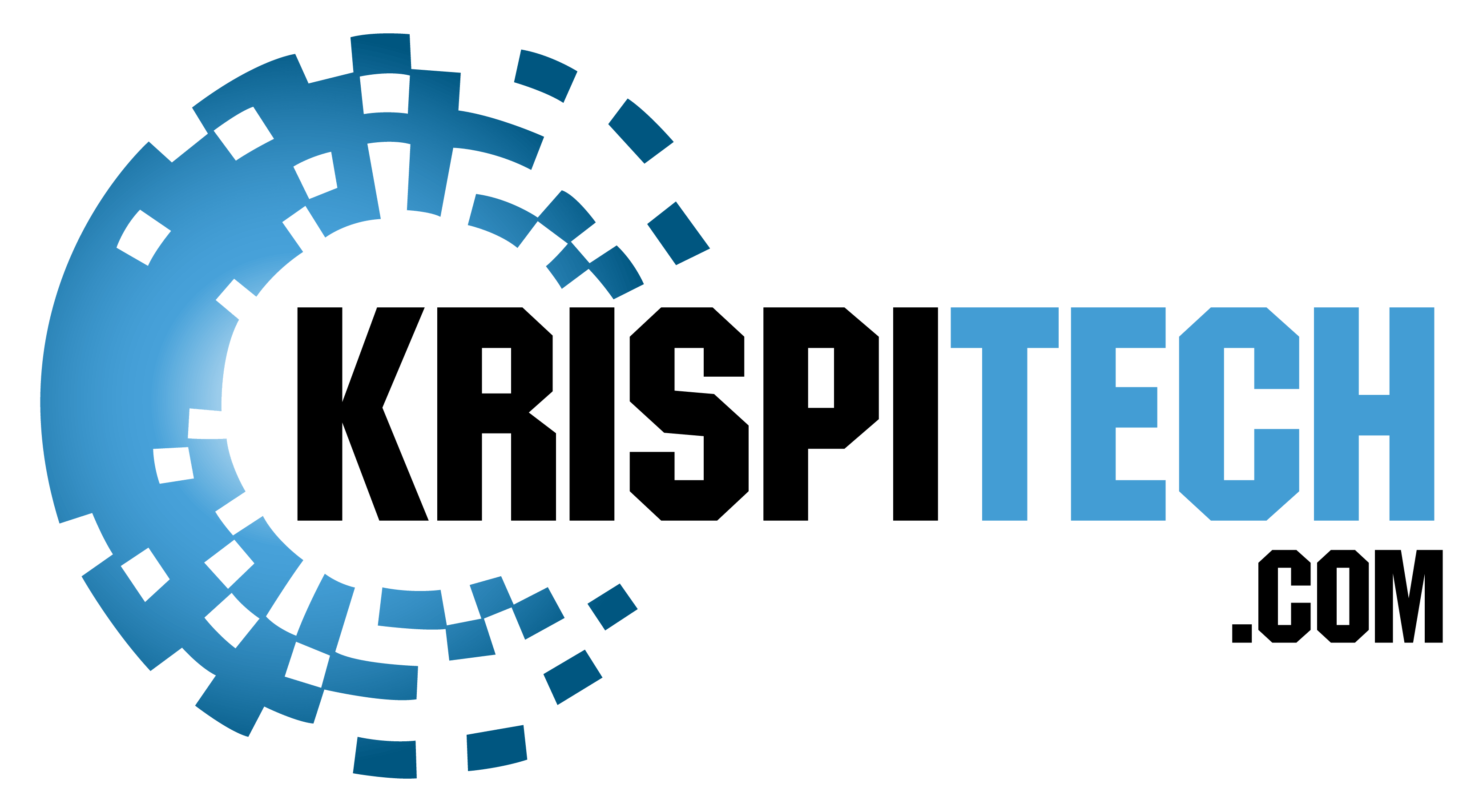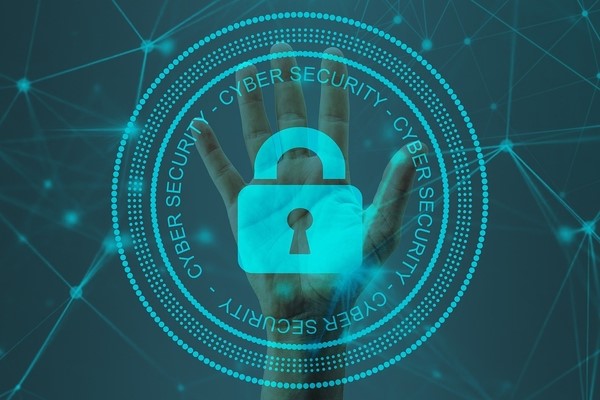Due to the increasing threats on cyberspace, effective threat intelligence is crucial for organizations to stay ahead of malicious actors. Security teams are overwhelmed by a large amount of data from various sources, making it challenging to process, prioritize, and respond to threats in real-time. This article explores how security operations can be empowered through the optimization of threat intelligence management workflows.
The Complexity of Threat Intelligence Management
The volume and diversity of threats faced by organizations have grown exponentially in recent years. From malware and phishing attacks to insider threats and zero-day vulnerabilities, security teams monitor a wide range of threats across different areas. Additionally, the amount of data generated by security tools, threat feeds, and intelligence sources can overwhelm the most capable security teams.
Centralized Data Collection Aggregation
The first steps in streamlining threat intelligence management is to centralize data collection and aggregation. By consolidating data from various sources, such as threat feeds, security logs, and incident reports, organizations can view their security status and effectively identify emerging threats.
Automated Data Analysis and Enrichment
Manual analysis of threat data is time-consuming and inefficient. Implementing automated data analysis and enrichment tools can help security teams identify patterns, trends, and correlations in large datasets faster and accurately. Automated enrichment of threat data with contextual information, such as threat actor profiles and attack techniques enhances the relevance and usefulness of intelligence for decision making.
Prioritization Based on Risk and Impact
Not all threats are equal, and security teams must prioritize their response based on the risk impact posed by each threat. By implementing risk-based prioritization methodologies, organizations can focus their resources on addressing the most critical threats that have the potential to cause significant harm or disruption to their operations.
Continuous Monitoring and Threat Hunting
Threat intelligence management is not a one-time activity but an ongoing process that requires continuous monitoring and proactive threat hunting. Security teams should regularly review and update their threat intelligence feeds, and analyze emerging threats in real-time.
By leveraging STIX/TAXII as standardized protocols for expressing and sharing threat intelligence, security teams can enhance interoperability and automate the exchange of threat information between different security tools and platforms.
Threat Intelligence Platforms (TIP)
TIPs are specialized platforms designed to facilitate the collection, analysis, and dissemination of threat intelligence. These platforms help organizations centralize and organize their feeds, automate data enrichment and analysis processes, and collaborate with external threat intelligence providers and peer organizations.
Security Information and Event Management (SIEM)
SIEM platforms play a central role in threat intelligence management by aggregating and correlating security events from across the organization’s IT infrastructure. SIEM solutions enable security teams to detect and respond to security incidents more effectively by providing real-time visibility into potential threats and anomalies.
Endnote
Empowering security through the streamlining of threat intelligence management processes is essential for organizations to effectively identify, prioritize, and respond to cyber threats in real-time. By implementing efficient strategies and leveraging appropriate tools, security teams can enhance their ability to detect, analyze, and mitigate security incidents. This will ultimately strengthen their cybersecurity defenses and protect critical assets and data.














